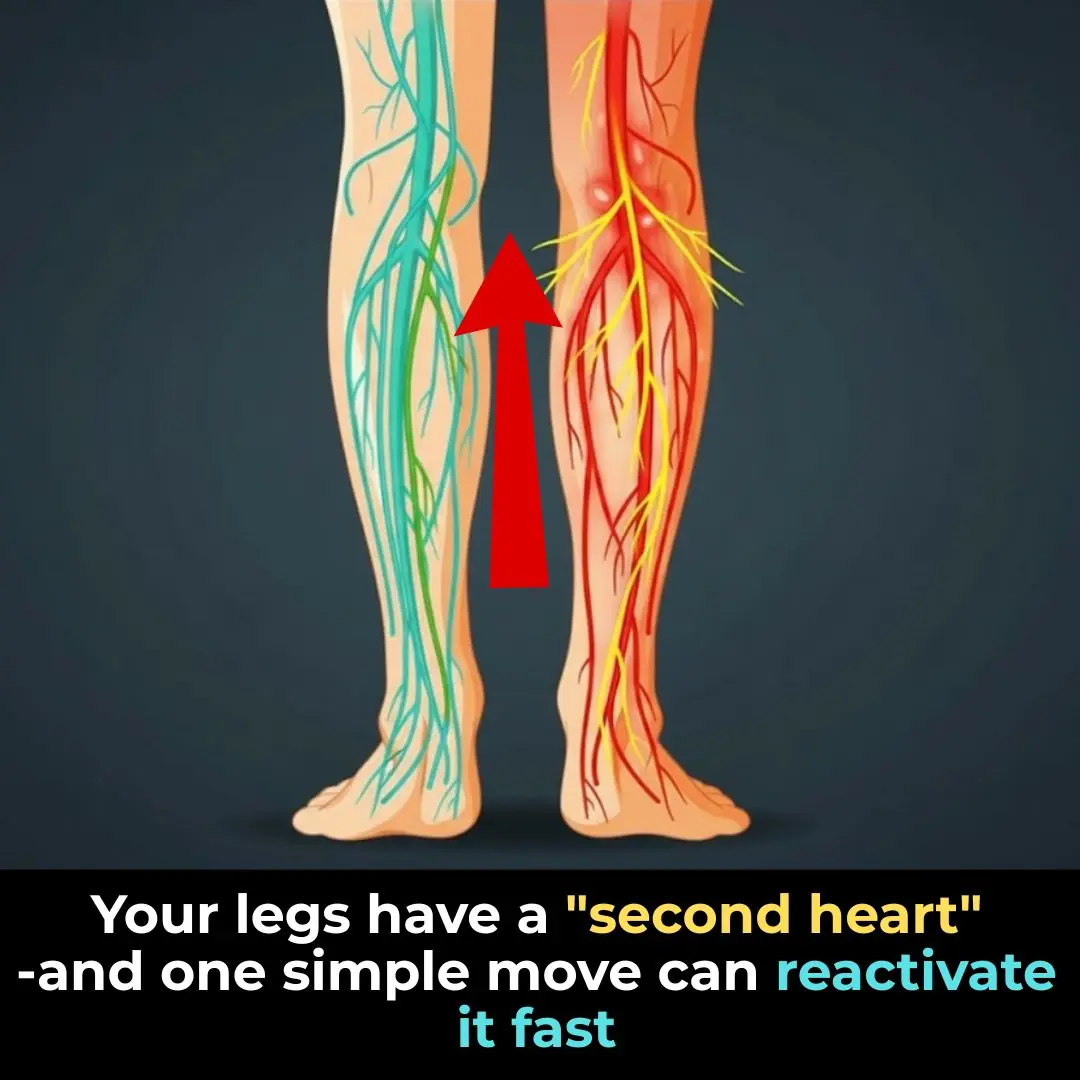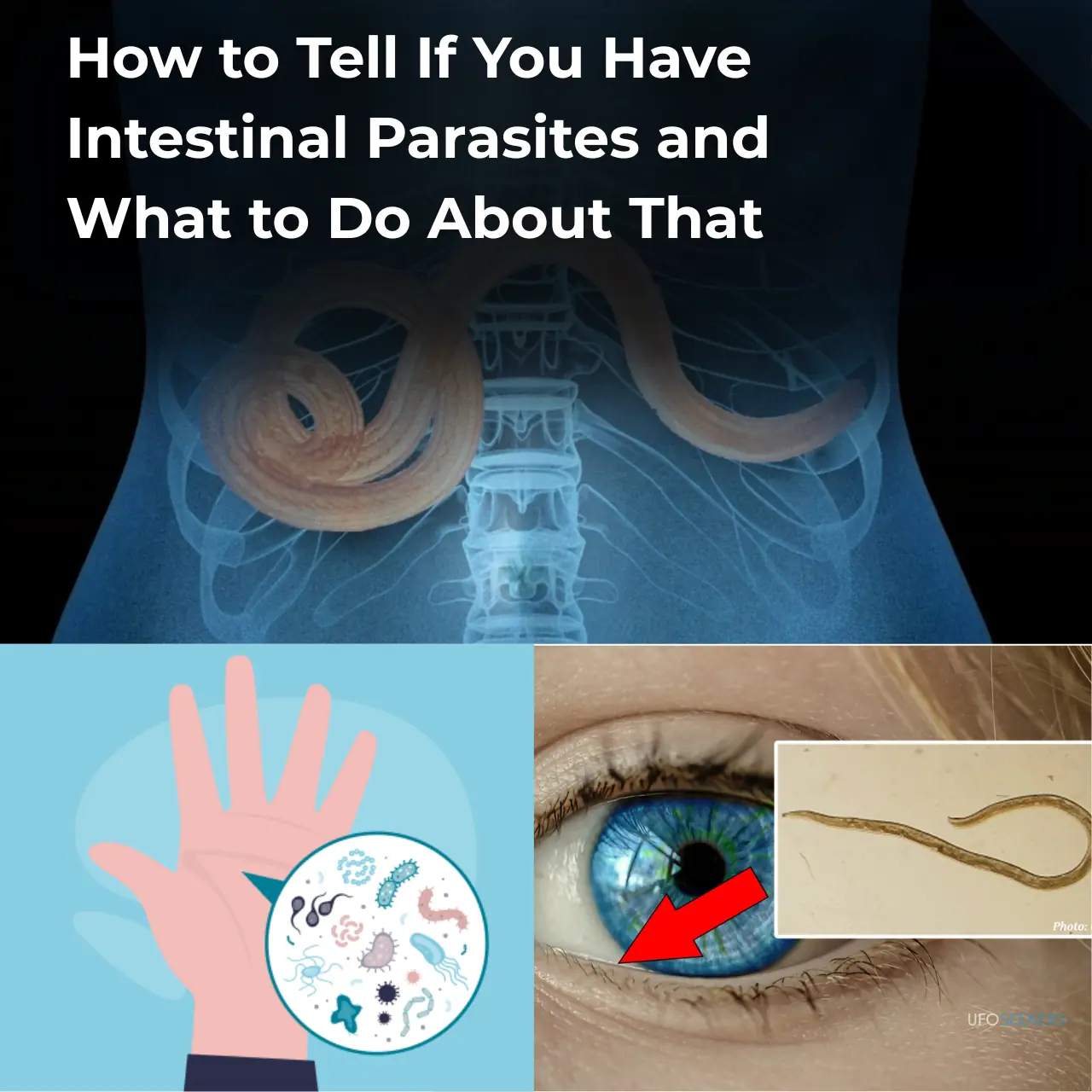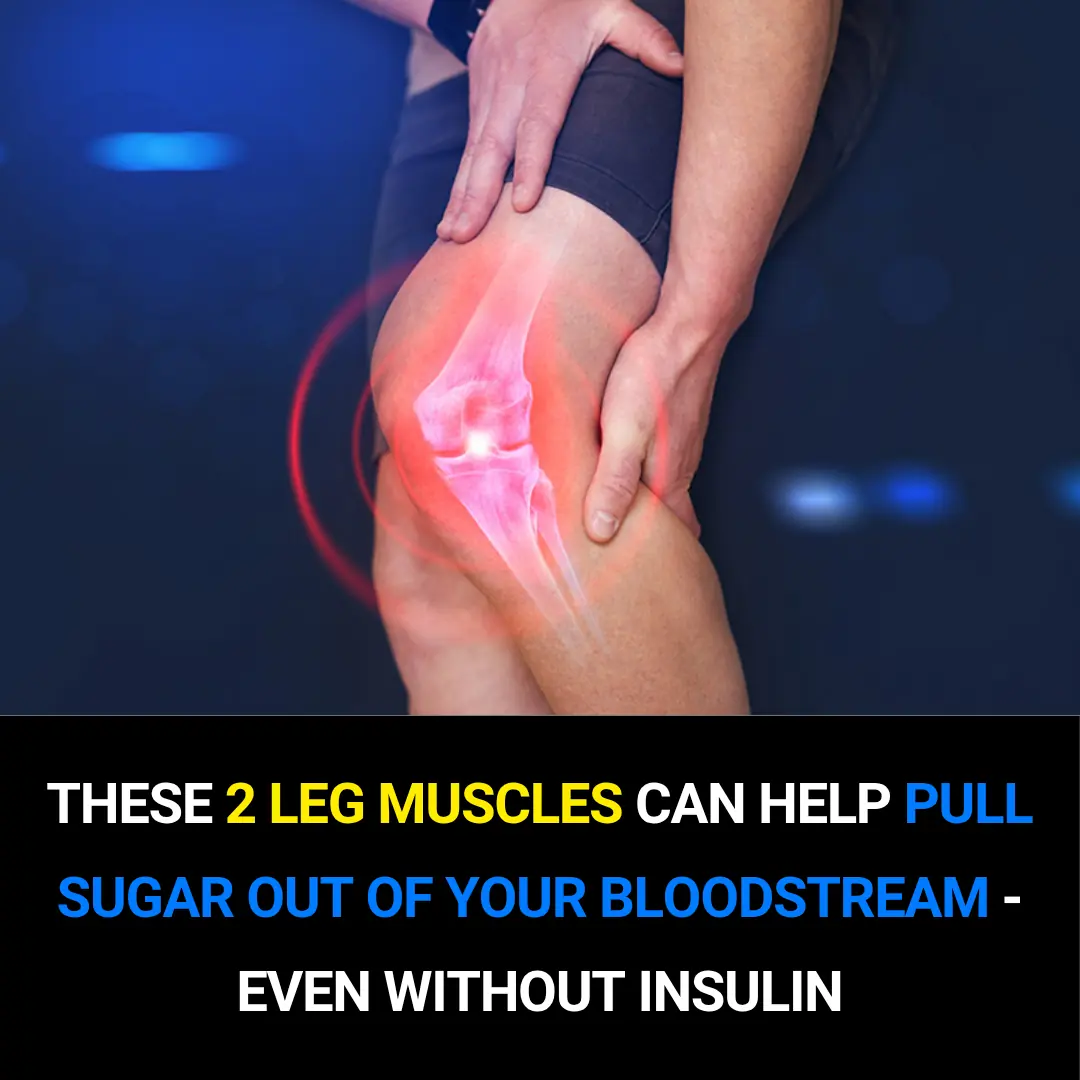
Signs of Arthritis You Shouldn’t Ignore
7 Signs of Arthritis You Shouldn’t Ignore
Living with arthritis often means learning how to manage everyday aches, stiffness, and fatigue. Over time, many people grow accustomed to the discomfort, brushing off new symptoms as just another “bad day.” However, some signs can indicate that your arthritis is progressing — or that another underlying condition is developing.
Recognizing these red flags early can make all the difference. The sooner you take action, the better your chances of maintaining mobility, reducing pain, and protecting your joints from long-term damage.
Below are seven key warning signs of arthritis you should never ignore — and what they might mean for your health.
1. Persistent Joint Pain
Joint pain is often the first and most obvious sign of arthritis. It may start subtly, showing up as a dull ache after activity, but over time, it can intensify and become constant — even during rest.
In inflammatory types such as rheumatoid arthritis (RA), the pain can feel deep and throbbing, sometimes compared to a bruise or even a fractured bone. Osteoarthritis, on the other hand, causes pain due to gradual cartilage wear, often localized in weight-bearing joints like the knees, hips, or spine.
🩺 When to see a doctor: If pain lasts longer than two to three weeks or interferes with daily activities, it’s time for a professional evaluation. Persistent pain is never “just part of aging.”
2. Joint Swelling and Tenderness
Swelling is one of the clearest indicators of inflammation inside the joint. It may be accompanied by warmth, redness, and tenderness when pressed.
This type of swelling is often seen in inflammatory arthritis, where the body’s immune system mistakenly attacks the joints. Left untreated, it can erode cartilage and bone, causing permanent joint deformity.
💡 Tip: Don’t ignore mild or intermittent swelling. Even small, recurring flare-ups can lead to long-term joint damage if not properly managed.
3. Morning Stiffness That Lasts Too Long
Morning stiffness is another hallmark of arthritis — but how long it lasts can reveal a lot.
-
Osteoarthritis: Stiffness tends to fade within 20–30 minutes of moving around.
-
Rheumatoid arthritis: Stiffness can linger for hours, especially after periods of rest.
This “gel phenomenon” happens because inflammation thickens joint fluid and tightens surrounding tissues.
🕐 When to act: If stiffness makes it hard to get moving in the morning and persists for more than 30 minutes, it’s time to consult your doctor.
4. Grinding or Cracking Sounds (Crepitus)
A clicking or grinding sound when moving your joints might seem harmless, but it can signal cartilage deterioration.
As the protective cartilage wears down, bones rub against each other, creating friction and that familiar cracking sound. Over time, this leads to pain, inflammation, and reduced flexibility — especially in knees and shoulders.
⚠️ Warning: Occasional creaks are normal, but pain or loss of motion alongside those sounds warrants medical attention.
5. Reduced Range of Motion
If you find it harder to bend, twist, or extend your joints, arthritis could be restricting your mobility. The cause may be:
-
Thickened joint lining due to inflammation
-
Damage to cartilage or tendons
-
Tightness in surrounding muscles
As range of motion decreases, even simple movements — like opening a jar or climbing stairs — become a challenge.
🧘 Try this: Gentle stretching, physical therapy, and regular movement can help maintain flexibility. But if stiffness limits your daily routine, don’t ignore it.
6. Referred or Migrating Pain
Sometimes, arthritis pain doesn’t stay in one place. You might feel discomfort in a nearby area even though the source is elsewhere.
For instance:
-
Hip arthritis can cause groin, thigh, or knee pain
-
Spinal arthritis may radiate to the legs or buttocks
-
Foot arthritis can affect posture and cause hip or back strain
This “referred pain” can be confusing and lead to misdiagnosis — but it’s a telltale sign of joint inflammation affecting your body’s movement chain.
🩺 When to consult: If your pain feels inconsistent or migrates between joints, ask for a thorough musculoskeletal assessment.
7. Unexplained Fatigue
Many people overlook fatigue as an arthritis symptom, but it’s one of the most common — especially in autoimmune types like RA and lupus.
Chronic inflammation can drain your energy by constantly activating your immune system. Add in disrupted sleep from pain, reduced physical activity, and mental stress, and exhaustion becomes inevitable.
⚡ What to watch for: If you feel persistently tired even after rest — and it’s affecting concentration, mood, or productivity — inflammation could be to blame.
What To Do If You Suspect Arthritis
Early detection is your best defense. Arthritis can’t always be cured, but its progression can be slowed dramatically with proper care.
Treatment options may include:
-
Medications: Anti-inflammatories, DMARDs, or biologics to reduce joint damage.
-
Physical therapy: To improve flexibility, posture, and muscle support.
-
Topical treatments: Such as FlexiSEQ, a drug-free gel that helps lubricate cartilage and ease stiffness.
-
Lifestyle adjustments: A balanced diet, healthy weight, and low-impact exercise can significantly reduce symptoms.
-
Alternative therapies: Massage, acupuncture, or mindfulness techniques can help manage pain and stress.
The Bottom Line
Arthritis is more than joint pain — it’s a chronic condition that can affect your entire quality of life. Listening to your body, recognizing changes early, and getting the right support can prevent long-term damage.
So if your body is sending you warning signals — persistent pain, swelling, stiffness, or fatigue — don’t ignore them. Reach out to your doctor or rheumatologist. Early action today can mean greater comfort, mobility, and independence tomorrow.
News in the same category


Proven Health Benefits and Uses of Thyme and Thyme Tea

9 cancer warning signs your body is sending you (don’t ignore these!)

Your legs have a “second heart” — and one simple move can reactivate it fast

Doctor warns: your ‘healthy’ lemon water habit is actually destroying your liver – here’s what you’re doing wrong

How to Tell If You Have Intestinal Parasites and What to Do About That

2026’s hottest health drink: A natural boost for blood pressure and diabetes

This Salt, Pepper and Lemon “Miracle-Mix” Can Help Solve 9 Problems

Scientists Discover The Maximum Age a Human Can Live To

The Life-Changing Effects Of Adding Just A Pinch Of Baking Soda To Your Water

WHAT HAPPENS WHEN YOU EAT 3 WHOLE EGGS EVERY DAY — THE RESULTS MAY SURPRISE YOU

Remove This from Your Home to Live Longer

This Ancient Seed Oil May Calm Knee Pain Better Than Tylenol, Study Finds

This Common Vitamin Deficiency Could Be Raising Your Colorectal Cancer Risk — and Half the World Is Affected

Lower Blood Sugar Naturally by Training Just Two Leg Muscles

Forget Aspirin — This Everyday Fruit Could Protect You from Stroke and Heart Attack

Garlic, honey, and cloves – a powerful natural remedy packed with health benefits

Anyone Whose Hair Is Falling Out Needs To Make This 2-Ingredient Drink Immediately
News Post

The White House Communications Office is saying our story is not true. We stand by our story. Our story is accurate.

D4vd's Friends Thought He Was Celeste Rivas' Boyfriend, Thought She Was 19

Netflix's Being Eddie release date and what to expect from the Eddie Murphy special

Man Builds “Museum Of Love” To Honor Late Wife’s Memory

MAFS UK's Julia-Ruth issues statement after 'three husbands' bombshell

Strictly star Harry Aikines-Aryeetey addresses ‘heartbreaking’ elimination: ‘It’s nice to go out on a party’

Seven Types of Pain You should Never Ignore

Proven Health Benefits and Uses of Thyme and Thyme Tea

Stop throwing out old plastic food containers

6 things that mice are very afraid of

9 cancer warning signs your body is sending you (don’t ignore these!)

Your legs have a “second heart” — and one simple move can reactivate it fast

Doctor warns: your ‘healthy’ lemon water habit is actually destroying your liver – here’s what you’re doing wrong

Why You Shouldn’t Rush to Fold the Bed When Checking Out of a Hotel

You are doing it all wrong. Here's the right way to boost your immunity naturally

My ear feels clogged all the time, but nothing comes out. No wax of fluid. Doctor appt is far away. What could this be?

Wow, I never knew this!

How to Tell If You Have Intestinal Parasites and What to Do About That

Morehouse Students Appear in ‘Vogue’ To Reflect On Legacy of Style in Honor of MLK Day
